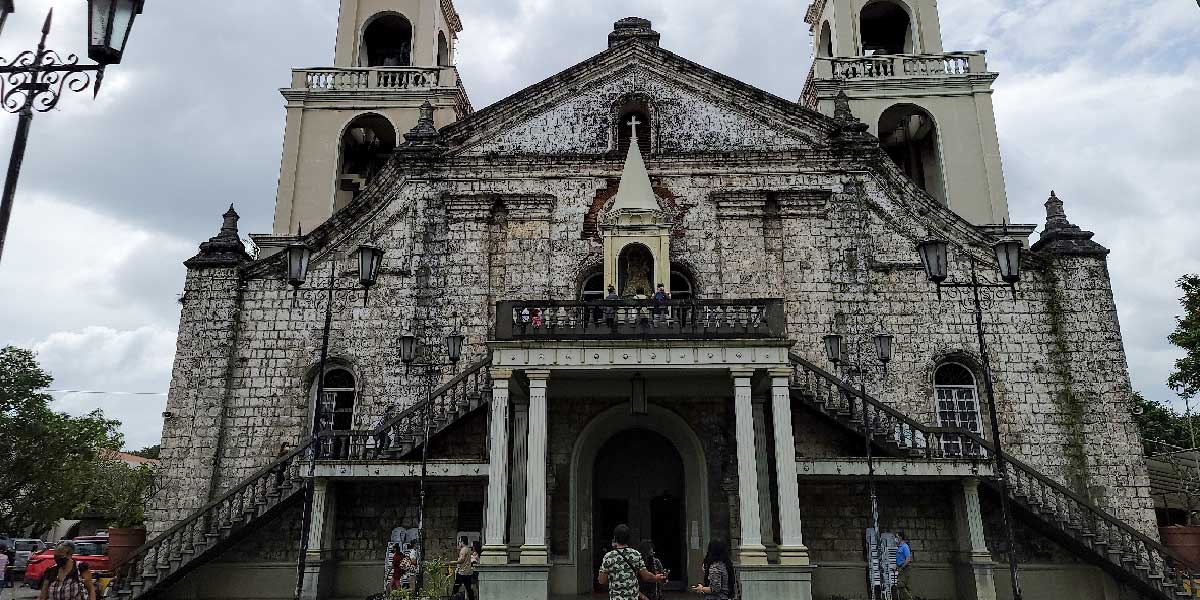By Herbert Vego
AS of today, the published exchange rate of the Philippine peso against the US dollar is ₱55.36. I guess the dollar beneficiaries would wish for more so that they could cope with the average national inflation rate of eight percent this month.
Unfortunately, it’s not really good news in the long run because inflation means weaker buying power of the peso. Woe unto the minimum wage earner whose monthly pay has stood still for several years; they would be buying less goods tomorrow with the money they have, or go deeper in debt just to cope with spiraling prices of basic necessities.
In his recent report, the Daily Guardian’s Joseph B.A. Marzan cited recent data from the Philippine Statistics Authority’s (PSA) saying that Iloilo City’s inflation rate had risen to 12.4 percent, indicating a sharp and consistent rise when compared to the previous 12 months.
Imagine waking up one day to take the family out for a buffet lunch and spending ten thousand pesos! You would then realize that it’s not the amount of money but the amount of goods it could buy that determines its true value.
A historical reality witnessed by this 72-year-old writer has seen the gradual decline of the peso. During an entire decade in the 1950s, the exchange rate was two pesos to a dollar.
I remember our primary school teacher telling us that the Philippines was the second most prosperous nation in Asia – second only to Japan. The minimum wage was only ₱120 per month, but it could buy much more goods than ₱15,000 today.
China’s economy was weaker; it was then known as “the sleeping giant.”
Even in the 1960s, we were still way ahead of Taiwan. One peso at that time was worth seven Taiwan dollars. But today, the NTD (New Taiwan Dollar) is stronger than the Philippine peso — one NTD equals ₱1.80.
President Carlos P. Garcia – whose term covered the 1957-1961 period – tried to boost local products through his Filipino First policy, which restricted imports of products that were locally available and encouraged the manufacturing sector to export whenever possible.
After Garcia came President Diosdado Macapagal, who imposed “de-control” – a policy that pegged low price ceilings on basic commodities to minimize monetary inflation.
Still etched in my mind is the memory of those days in the 1960s when my late mother would wait on the street once a week for the truck selling canned meat made by Lix Food Products in Mandurriao, Iloilo City. The company canned mouth-watering pork and beef delicacies such as adobo, menudo, sarciado and mechado.
Unfortunately, the company – not having enjoyed whatever government assistance – had to fold up within the decade.
Ferdinand Edralin Marcos, elected in 1965, retained the Filipino First policy and vowed to fight the old oligarchy. Wanting to give him the benefit of the doubt, the Filipino voters granted him a second four-year term in the 1969 presidential election.
To perpetuate himself in power in the guise of building a “New Society,” he declared martial law in 1972. Indeed, while he succeeded in dismantling the old oligarchy, he supplanted it with his own cronies who took control over our industries to become instant billionaires.
Nevertheless, the economy initially resisted external pressure until the subsequent oil crisis which, coupled with the scarcity of rice, caused sudden price spirals.
The assassination of Sen. Benigno “Ninoy” Aquino in 1983 suddenly destabilized the peso down from seven to 13 against the dollar, kicking off the irreversible downward trend.
The People Power or EDSA Revolution that restored democracy in 1986 and installed the widowed Cory Aquino to the presidency could have reversed the poverty of the masses, with the United States and many other democratic nations offering economic assistance.
Alas, we did not do as well as South Korea had done. While South Korea had also relied heavily on foreign assistance to develop heavy industries, our prolonged dependence on richer countries stalled us.
Today, South Korea exports her locally-built cars and heavy equipment.
In contrast, we still survive on foreign loans and dole-outs.
Hundreds of thousands of Filipinos – whether skilled or unskilled – still work overseas to ensure comfortable life for their families in the homeland.
Our women teachers swallow their pride, working as baby sitters, domestic helpers and caregivers in Hong Kong, Singapore and Taiwan.
How foolish of us to believe that by stretching high school from four to six years under the on-going K-12 program, we would be sending teachers to said countries to work as teachers.
What’s sure is that countries to which we send them free their own women of domestic responsibilities in order to augment their husbands’ income.
Ironically, ours is a country known for natural resources that are largely untapped. For instance, we turn our backs on idle pasture lands where we could have raised cattle, goats, hogs and other livestock for local and foreign markets.
We are once again on the receiving end of false hopes being foisted by President Ferdinand “Bongbong” Marcos through the proposed ₱250-billion “Maharlika Investment Fund” which has passed third and final reading in the House of Representatives.
When similarly passed by the Senate and approved into law by the President, it would draw investible funds from taxpayers’ money deposited in government banks.
We recall Maria Carey singing, “Do you know where you’re going to?”
Pray it’s not to the dogs.




















